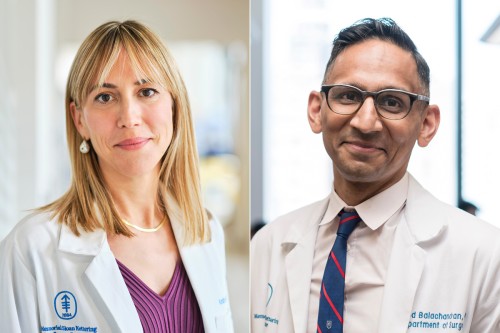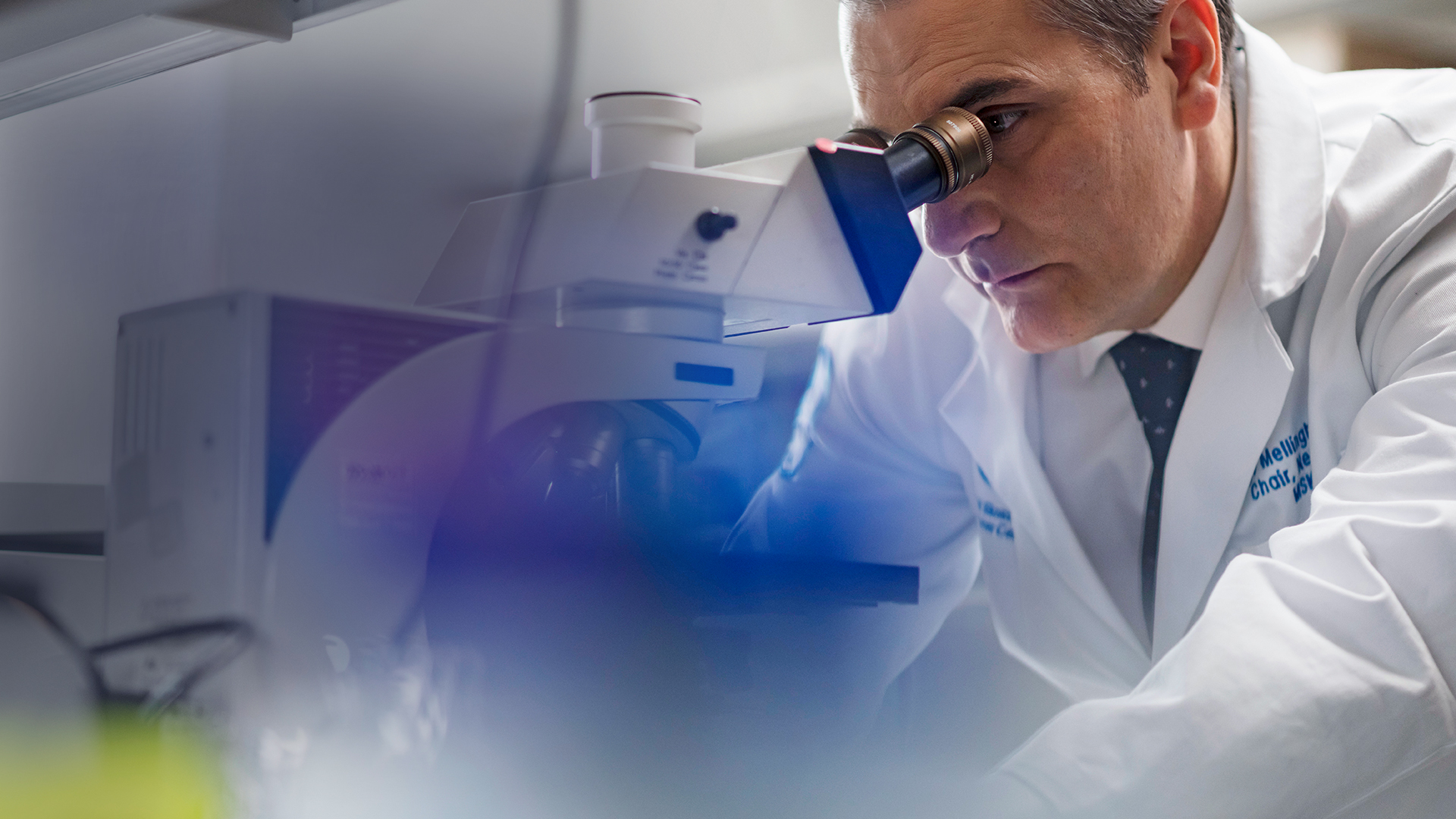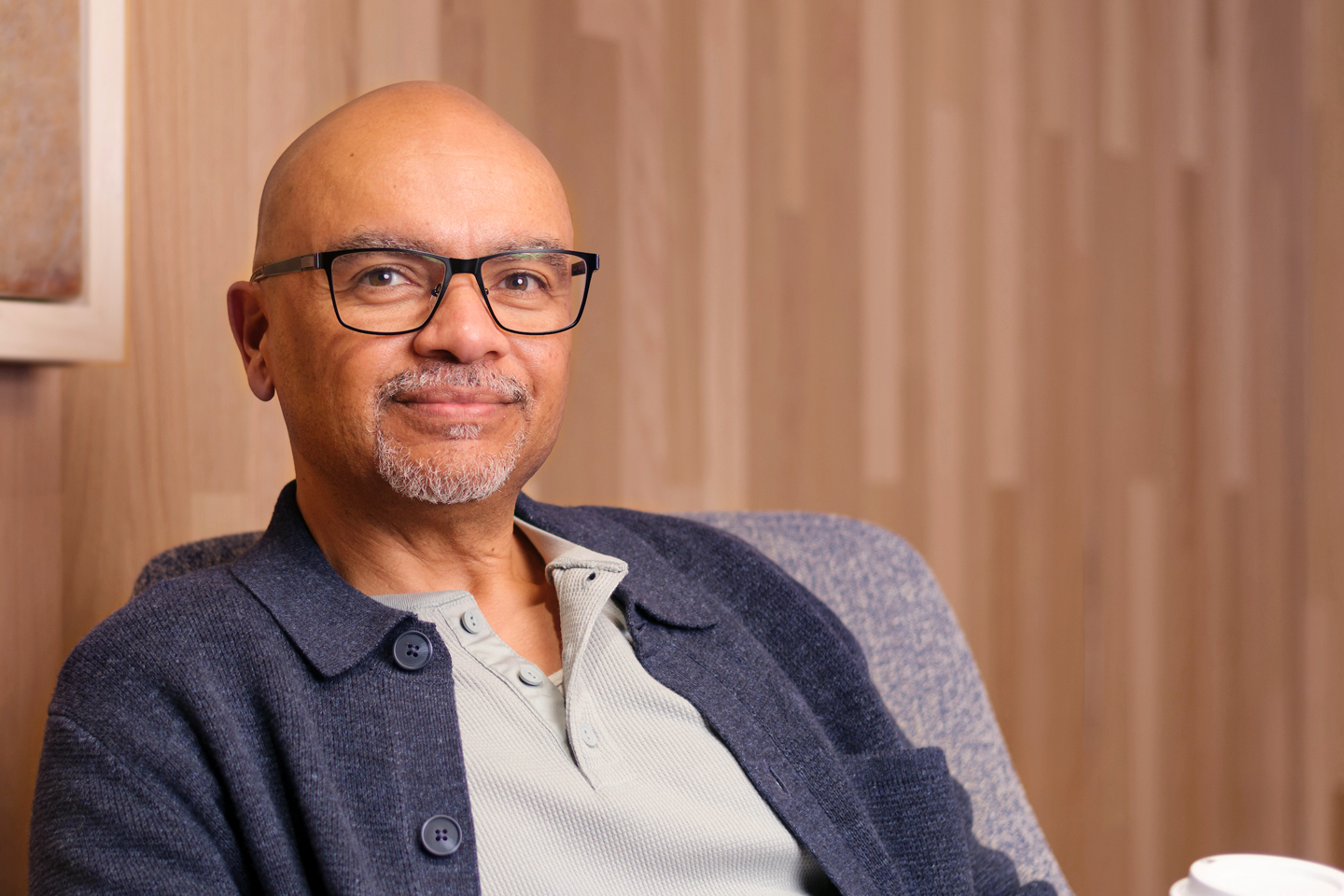Let's get started
World-class experts. Close to you.
Many treatments and services are available at locations across NY and NJ.
Get care from the comfort of your home with telemedicine from MSK.
Explore MSK’s clinical trials
Our doctors and scientists work together so patients get access to cutting-edge treatments as soon as they are available.
Cancer news & discoveries

Article
Memorial Sloan Kettering Cancer Center Ranked as the Best Cancer Center in the Northeast, Second in the Nation, and First for Urology Care by U.S. News & World Report
Memorial Sloan Kettering Cancer Center (MSK) has been recognized as the best cancer center in the Northeast, the number two hospital for cancer care in the nation, and the number one hospital nationally for urology care by U.S. News & World Report in its annual Best Hospitals listing.
Read more

Article
Potential New Treatment for KRAS-GI2D Lung Cancer Reported in First-of-Its-Kind Clinical Trial
For the first time, a targeted drug is showing promise at treating non-small cell lung cancer caused by a mutation called KRAS-G12D.
Read more

Article
TIME Names Memorial Sloan Kettering Cancer Center Physician-Scientists, Andrea Cercek, MD and Vinod Balachandran, MD, to the 2025 TIME100 Health
Memorial Sloan Kettering Cancer Center (MSK) is pleased to announce TIME has named two MSK physician-scientists, Andrea Cercek, MD, and Vinod Balachandran, MD, to the 2025 TIME100 Health, a list of the 100 most influential individuals in health.
Read more




